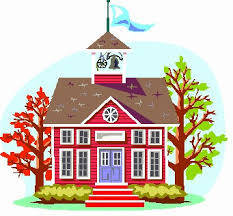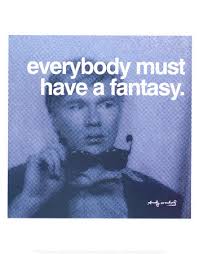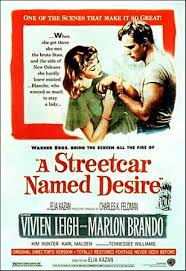 A
Author’s often use real life experience when writing different pieces of literature. Flannery O’Connor, for example, uses her background as a Catholic southerner to influence the plot of her short stories; however, she does not revolve the story around being a Catholic southerner. Instead, she gives the characters these different traits which determine their thoughts and actions simultaneously developing the story. O’Connor’s influence as a southerner is shown in many of her short stories such as “A Good Man is Hard to Find,” “Revelation,” and “Parker’s Back.”
In “A Good Man is Hard to Find” Flannery O’Connor’s southern background is portrayed in the grandmother and can be seen through speech and religious views. For example, the grandmother uses words such as “fellow” where in the north they would have said “guys.” Also, the way she speaks of “niggers” shows that she is truly southern. Near the end religion makes a huge presence as the grandmother talks continuously about Jesus and praying. This is significant because the south is known as the Bible belt and is very religious. These examples and more are what drive the plot in the direction it goes.
Another example of how O’Connor’s southern roots are put into her short stories is seen in Mrs. Turpin from “Revelations.” Her talk of disposition is one example of southern characteristics. A woman’s disposition is important in the south and is held to higher standards than in the north which is why Mrs. Turpin speaks of it so much. In this story, the term “niggers” is thrown around very loosely which is also evidence that this woman is given characteristics of southern roots. Finally, the fact that she lives on a plantation and has “niggers” working for them shows southern upraising. Without Mrs. Turpin’s southern characteristics, some of the events that took place in this short story would not have happened.
Finally, “Parker’s Back” has many references to southern living as well. This story is more from the south than either of the other two. Slang such as “aw”, “lemme”, and “ought” are used in every day conversations throughout the entire story. The reader may also draw the conclusion through witnessing the religious aspect of the story from Parker’s wife. Because she is from the Bible belt in the south, she is religiously devout in her ways.
By portraying her characters as southern, O’Connor allows the reader is not only able to understand them better but understand why the plot goes in the direction it does. In all of her short stories this southern trait plays an important role. This method of characterization is commonly used whether the reader knows the author’s back ground or not.
WORD COUNT: 446






